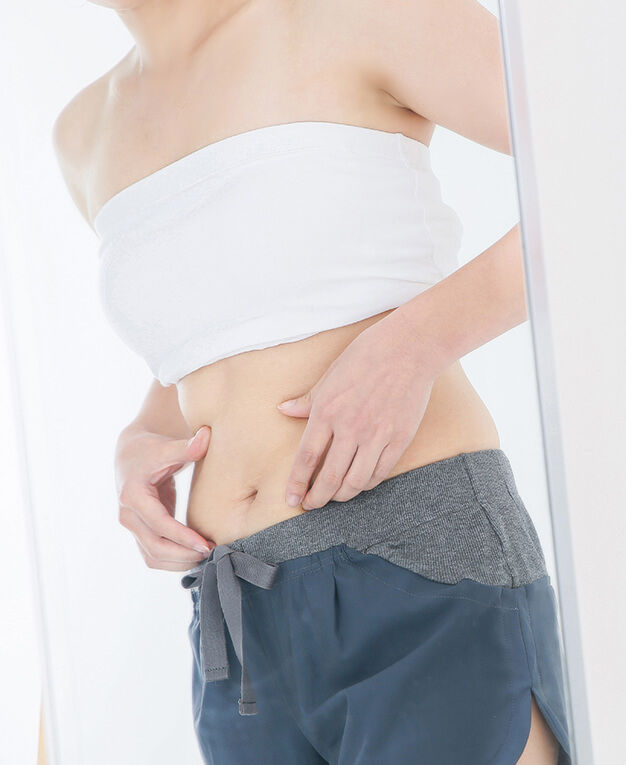Fat Removal & Body Sculpting with Liposuction
Liposuction is a time-tested method to remove fat resistant to diet and exercise in a single, minimally-invasive procedure. Our boutique approach ensures the technology we apply is customized to fit your needs. It can target virtually any area from neck to knees and front to back, which is why it is often called Lipo 360.
Liposuction is available in Tennessee at NuBody Concepts in Nashville and Memphis. Each fully-equipped plastic surgery center is led by a board-certified plastic surgeon with over 25 years of experience in body contouring and plastic surgery. Memphis patients: Please ask about our post-op lymphatic massages.
Schedule a consultation to discuss whether liposuction or another fat removal method is right for you!
















